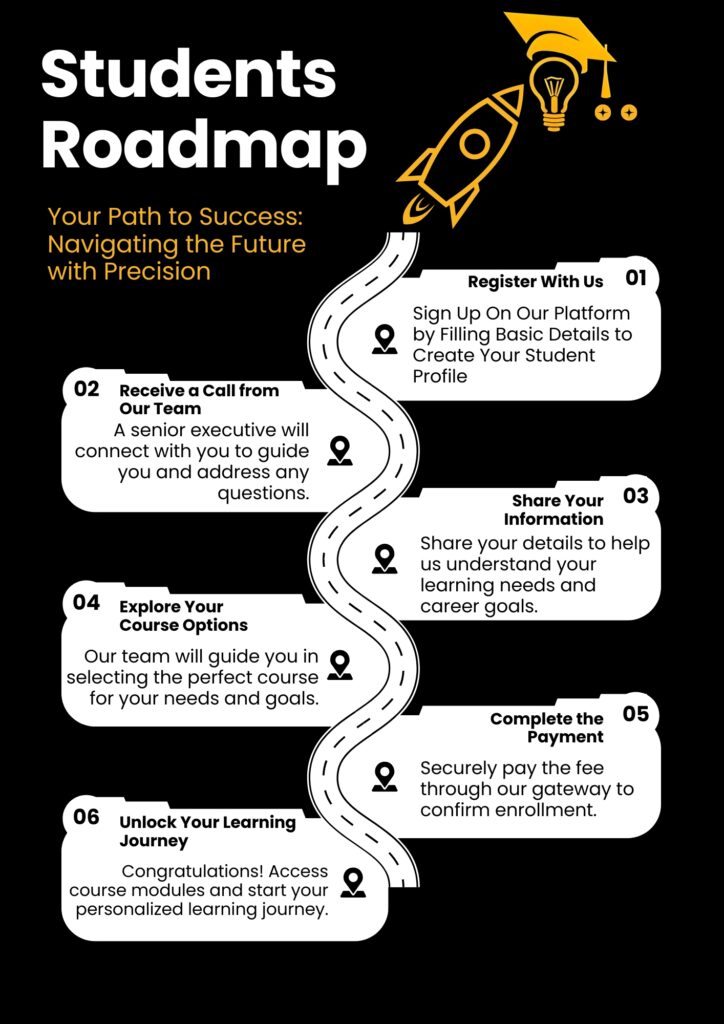Unlock a whole new dimension of learning!
Embedded Systems
Enhance your software configuration skills and unlock new opportunities.
Master techniques essential for robotics, communications, and more.
Become a key contributor to advanced system integrations.
Elevate your expertise and shape the future of technology!
Request a Callback
Request a callback now! Fill in your details and one of our academic counselors will contact you promptly.
10 live projects + 1 capstone project
Weekly tasks and reports
40+ hours of video content access
Certificate of completion
Overview
Learn Embedded Systems today
With expertise in Embedded Systems, you’ll become a crucial part of major systems that ensure proper functioning. Learn in-depth about the domain’s fundamentals to become a professional in the field.
8051 Architecture
LCD Interfacing
Memory Management
ALP Operations

Course Curriculum
Discover our comprehensive Embedded System course curriculum, designed to provide in-depth knowledge and practical skills.
Embedded systems basics
- In the first section, we will introduce you to Embedded Systems and the industries it is a core part of. Then we will give you a comprehensive analysis of the scope and job opportunities in this field.
8051 Architecture Overview
- In this module, you will be introduced to 8051 Architecture from the basics to an advanced level. Intel designed the 8051 microcontrollers in 1981. Simplified architecture and instruction set are its significant advantages, it forms a vital part of the embedded systems.
Memory Management with SFRs
- A Special Function Register is a register within a microprocessor that controls or monitors the various functions. Learn about SFRs in-depth in this section.
Addressing Modes and Instruction Sets
- This section deals with address allocation and the five different types of addressing modes. Also, learn about the various types of control transfer instruction in assembly language, including conditional or unconditional jumps and call instructions.
ALP Operations
- Construction of an assembly level circuit through the use of basic Assembly level language.
C Embedded I/O
- In this section, you will learn about Program organization and microcontroller memory. LED and Switch interfacing will also be an essential part of this concept.
8051- LCD Interfacing
- The LCD is an inevitable part of almost all embedded projects. Learn about how to interface a separate LCD with an 8051 system Interfacing keypad matrix with 8051 in this section.
Timers and Counters
- A timer in an embedded system is a device that counts down from a specified time interval and is used to generate a time delay.
Serial Communication Protocols
- Learn about the UART protocol that aids in the asynchronous transmission of serial data. It is an anomalous way to send serial data in a quick manner.
Interrupts and Priority
- Learn about Interrupts and Polls that manage the processes of an embedded system on a priority base. The different types of Interrupts are an essential part of understanding the working of interrupts. The difference between Interrupt and Polling will also be discussed at length under this topic.

Edu-Station Certificate
Upon successfully completing this course, you will receive a certificate of completion that helps potential employers assess your proficiency.
Pricing Plans
LExperience the premium features at an affordable price. Get industrial experience, 10+ live working projects and mentorship from top 1 percentile mentors and much more. Choose the plan that suits your needs and take your practical and outcome based learning to the next level. Join today and lead tomorrow.

FAQs
Explore our FAQ section for quick answers to common questions. Can’t find what you’re looking for? Contact us for assistance.
Are there any necessary prerequisites for this course?
No, there are no specific prerequisites for this course. The course is structured in a manner that covers the very basics of the topics as well. So if you’re a complete beginner, this is a great course to start with.
What are the requirements for the classes?
You’ll need a secure and stable internet connection on a well functioning device such as a laptop or mobile phone. We also recommend keeping a notepad and pen/pencil alongside to jot down notes.
Who do I contact for more information regarding the course?
You can get in touch with us via email – support@edustation.co.in or call us at the phone number provided in the ‘Contact Us’ section.
What are the possible career options for Electronics & Communication?
Some options are – Electronics and Communication Engineer, System Control Engineer and Electronic Design & Development Engineer.


